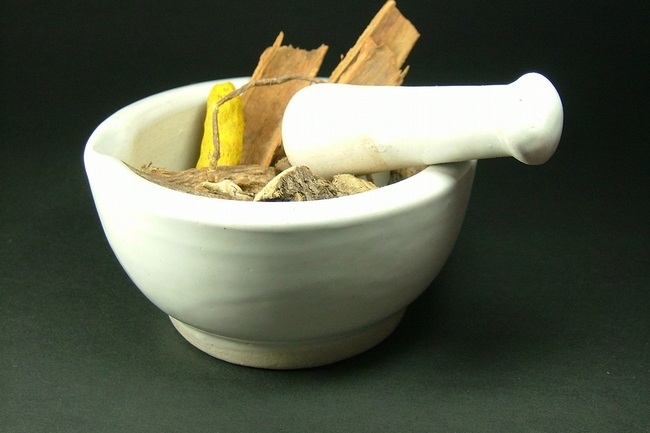- Make It Yourself Lavender Heart-Shaped Bath Bombs!
- 20 Things You Never Knew About “Down There”
- 12 Best Foods For Those Suffering From Arthritis Pain
- 12 Personal Hygiene Mistakes Almost Everyone Makes (Mom Never Told You About #4!)
- 15 Medicinal Plants And Herbs From The Cherokee People
- 12 Mind-Blowing Benefits Of Drinking Coconut Water During Pregnancy
- 12 Outstanding Winter Foods That Won’t Fatten You Up Like A Christmas Turkey
How to Make Your Own Natural Herbal Honey

Photo credit: bigstock.com
How do you take a great thing like honey and make it even better? By adding healthy herbs to it! You know how much you love that drizzle of honey on your morning toast, oatmeal, or in your tea? Imagine what lemon thyme honey might taste like! If you have ever used honey to stop a cough or to ease a sore throat, imagine what honey with chamomile could do.
One of the great things about herbal-infused honey is that this is a fun and easy project for almost everyone in the family, and it can make great gifts. There is a wide range of herbs and spices that you can use for your honey, everything from cinnamon to rose, to lavender to thyme — almost anything you like can be used.
For gifts, think about cinnamon-infused honey for the holidays or your friend’s favorite scent or flower for their birthday or for Christmas. Add a pretty handmade label, a ribbon, and you have a very inexpensive but personalized gift that they will not soon forget!
All you need for this project is some raw, organic honey and dried herbs. If you have fresh herbs, simply dry them out first in the sunlight, in your oven, or in your dehydrator. There is no special equipment necessary, just some jars with lids, and a butter knife or chopstick. And a little bit of patience. Most honey is ready within two to four weeks, so start making them now and you will always have some on hand for gifts and for your family.
If you have young children, be sure to get them involved. They will love being in charge of turning the herb-infused honey jars each morning.
For beginners, let’s make a list of just some of the herbs you can put in your honey:
- Vanilla beans
- Fresh ginger root
- Rose hips
- Fresh garlic (it tastes better than it sounds)
- Elderberries
- Chamomile
- Peppermint or spearmint
- Rose petals
- Lemon balm
- Cinnamon sticks
- Thyme or lemon thyme
- Lavender
- Sage
- Lime blossoms
- Cardamom
- Cloves
Continue to Page 2

Photo credit: bigstock.com
First, take the dried herbs of your choice ad fill a jar about a third of the way full. If you have fluffy types of flowers (such as lavender), then fill the jar about half way full. Don’t pack them down! You can tap the jar or give the herbs a very light push to add more, but don’t pack them down tightly in the bottom of the jar.
Now, pour your raw, organic honey over the top of the plants and fill the jar until it is almost full. Leave about a half inch of air at the top of the jar.
Always use raw, organic honey — never the junk they try to pass off as honey in your local supermarket.
Now using your butter knife, gently stir the honey in and around the plants. You might see a few air bubbles rise to the top, which is fine. Top off the jar with a bit more honey if you have more space, then put the lid on the jar tightly.
Keep your honey in a sunny window and turn the jar over once per day to help keep the herbs covered and to encourage infusion. You might find that after your herbs have absorbed some of the honey, you will need to top off the jar again. That’s fine! Top up your jar with a bit more honey, seal it and keep going.
Keep turning over the jars once each day and in two to four weeks, your honey is ready to be enjoyed. You can strain out the herbs if you wish, but why not leave them there? They won’t hurt anything, and they look so pretty!
SEE ALSO: Super Healthy Completely Natural Honey Based Antibiotic Potion
You can use this honey in the same way that you would use non-herbal honey. Add it to your favorite tea, put it in your oatmeal, over toast or muffins — you name it! You can even use this honey as a natural facial! Lavender or chamomile honey is good for facials, also for mild burns or cuts. Sage and thyme are especially good for those sore throats, and a bit of chamomile honey will ease digestive problems and can even help you get a good night’s sleep with its calming agents.
Remember to never give honey to child younger than a year old. Many recommend two years and older just to be safe.
You will never look at herbs again without thinking, “I wonder how that would taste in some honey?”
References:
































